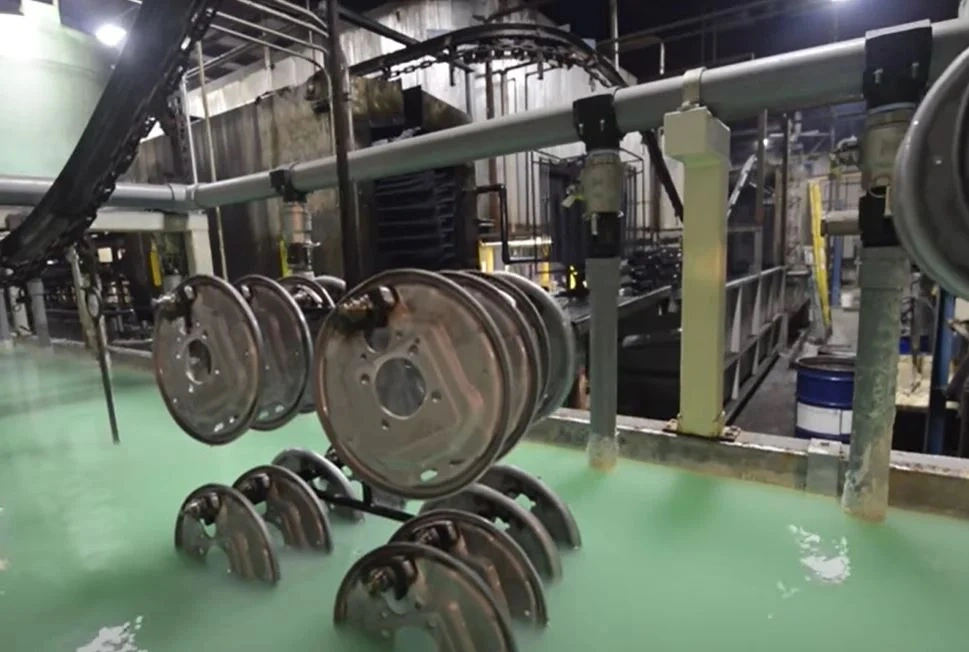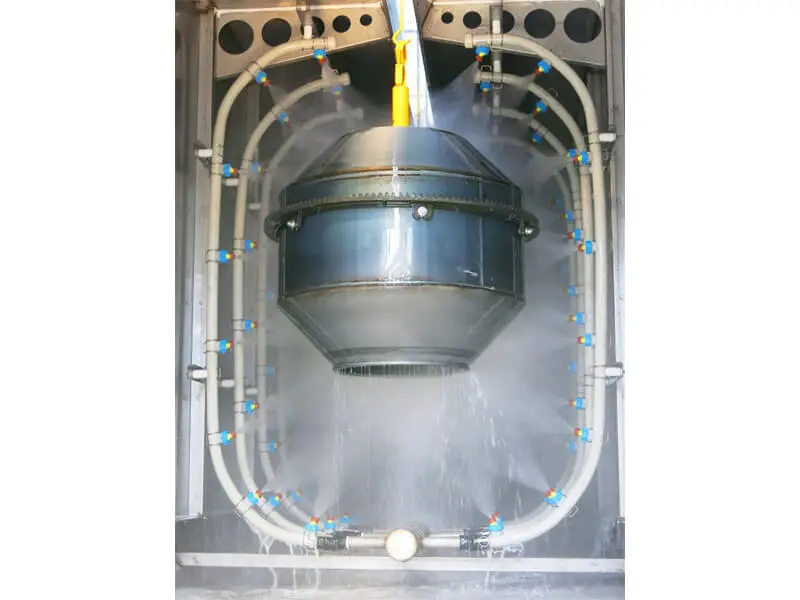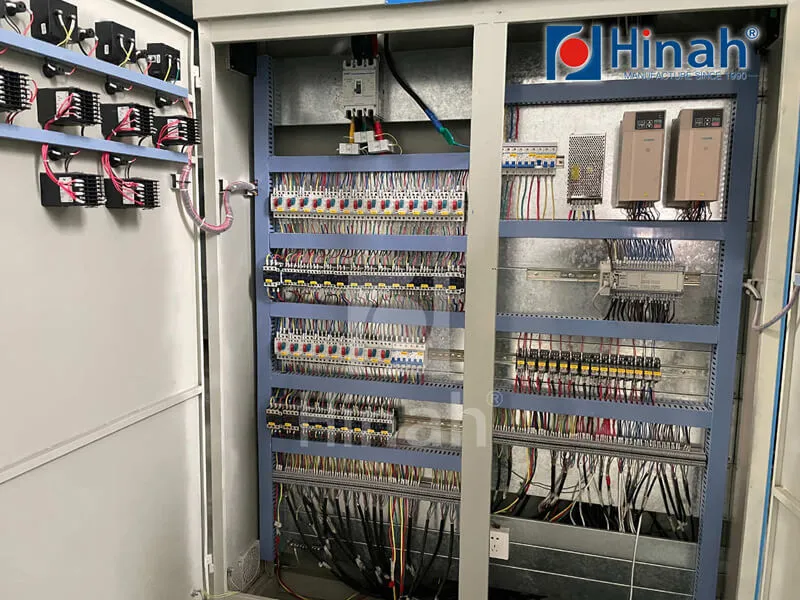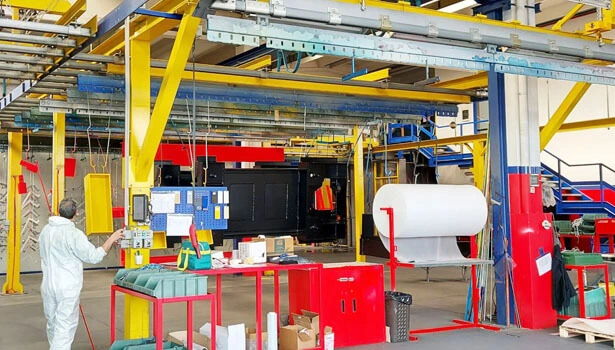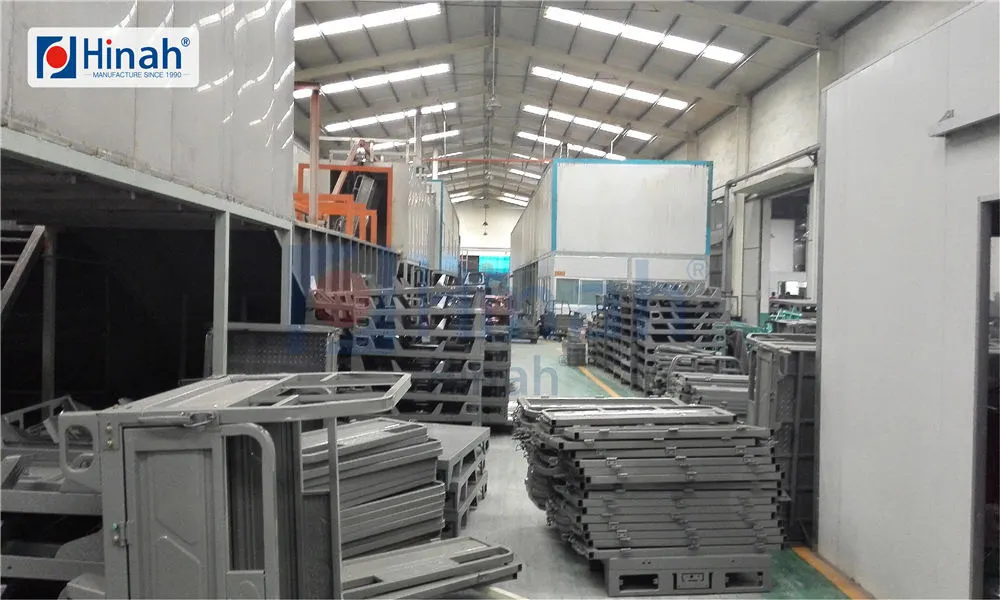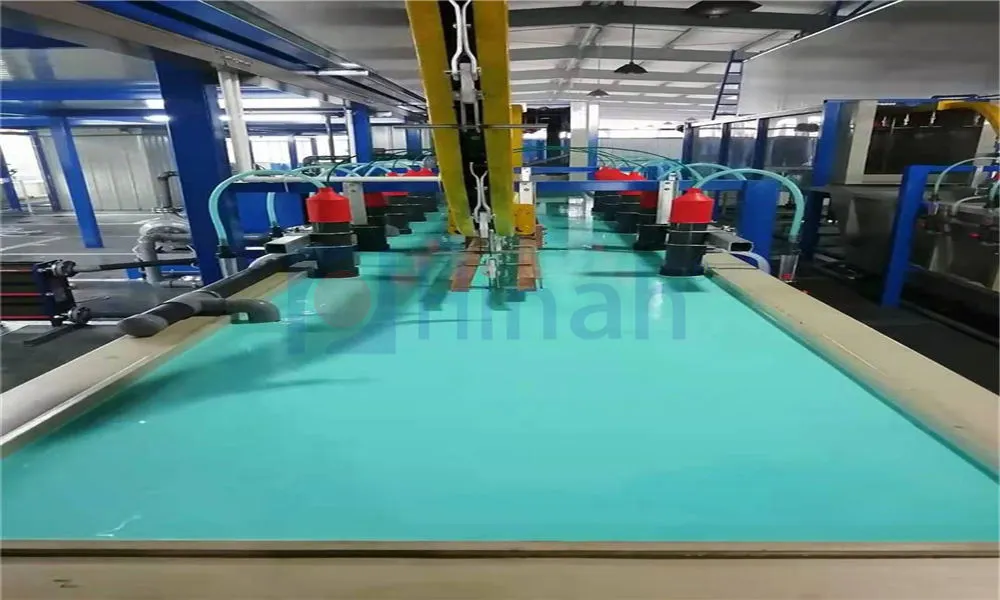In the world of industrial finishing, achieving a flawless, durable, and high-quality coat is non-negotiable. At the heart of this process lies a critical piece of equipment: the powder coating spray booth. This isn't just a room where spraying happens; it's a controlled environment that dictates the efficiency, quality, and safety of your entire powder coating operation. Whether you're a small job shop or a large manufacturing facility, selecting the right booth is a pivotal decision.
This guide will walk you through the five primary types of powder coating spray booths, their applications, and key factors to consider, helping you make an informed investment that boosts your productivity and bottom line.
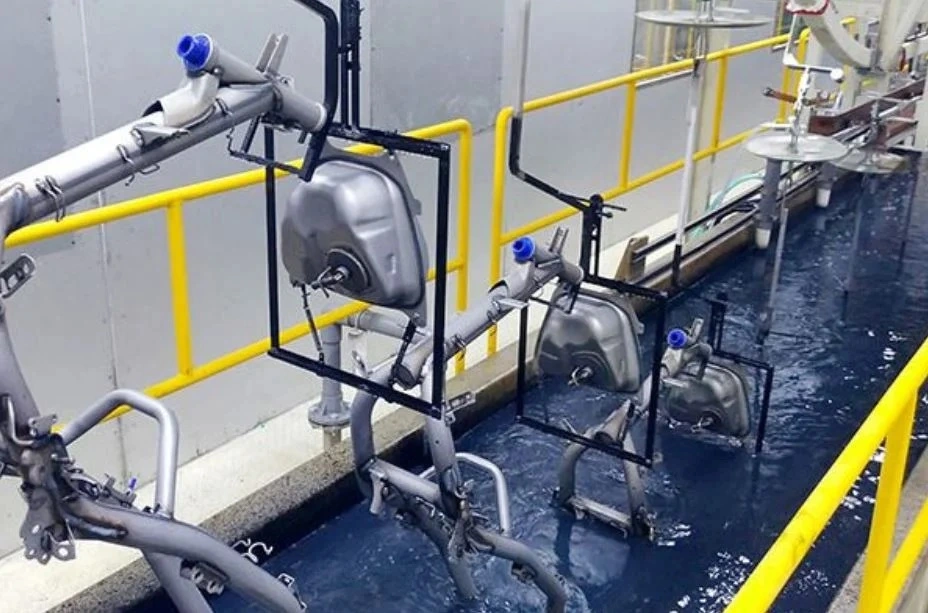
Understanding the Core Function of a Powder Coating Spray Booth
Before diving into types, it's crucial to understand what a powder coating spray booth does. Its primary functions are:
Containment: It safely confines the overspray powder within a specific area, preventing contamination of the surrounding workspace and protecting worker health.
Airflow Control: It creates a consistent, downward airflow that pulls overspray away from the part being coated and toward the collection system. This results in a cleaner application and a higher-quality finish.
Overspray Collection: It efficiently captures the unused powder, which can often be recycled, saving material costs and reducing waste.
A well-designed booth is the linchpin for a successful powder coating spray process.
The 5 Main Types of Powder Coating Spray Booths
Not all booths are created equal. The right choice depends on your production volume, part size, and budget.
1. The Open Face Booth: Simplicity and Accessibility
An open face booth is the most basic design, typically with three walls and a fully open front. They rely on a rear or floor-mounted exhaust system to draw overspray away from the operator.
Best For: Low-volume production, large or bulky items that are difficult to move, touch-up work, and prototyping.
Pros: Low initial cost, excellent part accessibility, easy to install and relocate.
Cons: Less efficient powder recovery, higher potential for powder escape into the shop, not ideal for high-volume recycling.
2. The Dry Filter Booth: The Cost-Effective Workhorse
This is one of the most common types of powder coating spray booths. It uses a series of cartridge filters or filter socks to capture overspray from the air stream. The fine filters trap the powder particles, while the cleaned air is exhausted outside or recirculated.
Best For: Job shops, maintenance facilities, and operations that use multiple colors frequently without extensive recycling.
Pros: Affordable, effective filtration, relatively easy color changes (by replacing filters), and simple maintenance.
Cons: Filter replacement is an ongoing cost, and powder recovery for recycling is less efficient than in a recovery booth.
3. The Cartridge Recovery Booth: Maximizing Efficiency and Reclaim
A cartridge recovery booth takes the dry filter design a step further. It incorporates a sophisticated cyclone or hopper-based system that separates the overspray powder from the air and collects it for reuse. This system is highly efficient, allowing up to 95-98% of overspray powder to be reclaimed.
Best For: High-volume production environments, manufacturers using a limited number of colors, and any operation focused on minimizing powder consumption.
Pros: Excellent powder recovery rates, significant material cost savings, reduced waste disposal, and longer filter life.
Cons: Higher initial investment, more complex to clean during color changes, making it less suitable for operations requiring dozens of daily color switches.
4. The Downdraft Booth: For Uncompromised Quality
In a downdraft powder coating spray booth, the airflow is designed to move vertically downward. Air enters through filtered ceiling plenums and is drawn downward across the part, carrying overspray through grated floors into a collection system below.
Best For: Applications requiring the highest possible finish quality, such as automotive, aerospace, and high-end consumer products. It's ideal for coating complex parts with deep recesses.
Pros: Superior finish quality with minimal risk of contamination, as airflow pulls dust and overspray away from the wet coating film.
Cons: Highest cost to purchase and install, requires significant floor space for the underground ductwork, and higher energy consumption.
5. The Crossdraft Booth: A Space-Saving Solution
A crossdraft booth features horizontal airflow. Air enters from one side (usually the front), passes over the part, and is exhausted through filters on the opposite wall.
Best For: Coating long, continuous products like extrusions, tubes, and profiles, or in facilities with limited ceiling height.
Pros: Simple construction, often more compact than downdraft designs, and easier to install without major floor modifications.
Cons: Airflow can be turbulent, potentially leading to a higher risk of contamination and less uniform film build compared to downdraft systems.
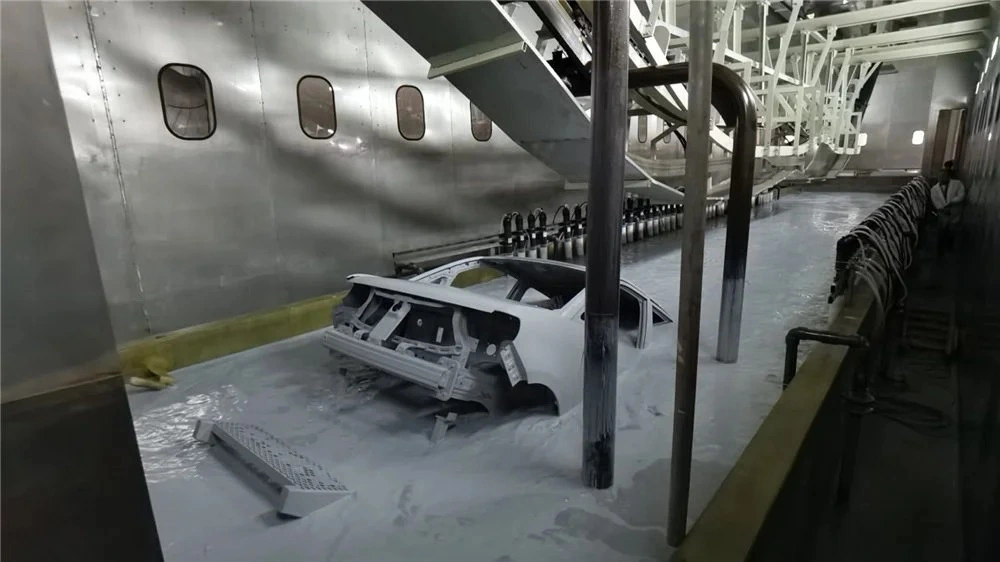
The Critical Role of Custom Powder Coating Booths
While standard booths work for many, some applications demand a tailored solution. This is where the expertise of a provider like HANNA becomes invaluable. A custom powder coating booth is engineered to meet unique requirements, such as:
Unusual Part Dimensions: Coating exceptionally large, long, or oddly shaped items.
Specific Airflow & Climate Control: Meeting stringent environmental regulations or operating in extreme climates.
Fully Automated Integration: Designing a booth that seamlessly integrates with robotic powder coating spray systems and conveyor lines.
Specialized Material Handling: Accommodating specific fixtures, racks, and part movement needs.
Investing in a custom powder coating spray booth ensures your equipment is not a compromise but a perfect fit for your process.
How to Choose the Right Powder Coating Spray Booth: A 4-Step Guide
Selecting the right booth is a strategic decision. Ask yourself these questions:
What is Your Production Volume & Color Change Frequency?
High Volume, Low Color Changes: A Cartridge Recovery Booth is your best bet.
Low Volume, High Color Changes: A Dry Filter Booth offers the flexibility you need.
What are the Typical Sizes and Shapes of Your Parts?
Large/Bulky Parts: Consider an Open Face or a custom powder coating booth.
Complex Parts Requiring Premium Finish: A Downdraft Booth is worth the investment.
Long, Continuous Parts: A Crossdraft Booth is likely the most efficient.
What is Your Budget?
Factor in not just the initial purchase price but also the long-term operational costs, including filter replacement, powder reclamation rates, and energy consumption. A HANNA representative can help you calculate the total cost of ownership.
What are Your Future Growth Plans?
Choose a booth that can scale with your business. A modular powder coating spray booth from HANNA can often be expanded or reconfigured as your needs evolve.
The HANNA Advantage in Powder Coating Technology
At HANNA, we don't just sell equipment; we provide finishing solutions. Our powder coating spray booths are engineered with durability, efficiency, and user safety in mind. From our standard models, known for their robust construction and reliable performance, to our fully custom powder coating environments, we work with you to design a system that maximizes your ROI. Our technical support team ensures your booth operates at peak performance for years to come.
The powder coating spray booth is far more than a simple enclosure. It is the engine of your finishing line. By understanding the different types available—from open face and dry filter to advanced recovery and downdraft systems—you can select the technology that aligns with your quality demands, production goals, and financial constraints. Remember, the most expensive booth is the one that doesn't meet your needs. Take the time to evaluate your process, and don't hesitate to partner with an expert like HANNA to find the perfect match for your business.
Frequently Asked Questions (FAQs) About Powder Coating Spray Booths
Q1: What is the average cost of a powder coating spray booth?
A1: The cost of a powder coating spray booth varies dramatically based on type, size, and features. A small open-face booth can start from a few thousand dollars, while a large, fully automated downdraft recovery system from a brand like HANNA can run into hundreds of thousands. It's best to get a detailed quote based on your specific requirements.
Q2: Can I recycle powder in a dry filter booth?
A2: While it is possible to recycle some powder from a dry filter booth by manually collecting it from the filters, the process is inefficient and leads to high contamination risk. For serious powder recycling and cost savings, a dedicated cartridge recovery powder coating spray booth is highly recommended.
Q3: How often do I need to change the filters in my booth?
A3: Filter change frequency depends on your production volume and the type of powder used. A general rule is to check the pressure gauge on your booth; when the static pressure drop across the filters reaches the manufacturer's recommended limit (often indicated in the manual), it's time for a change. For a busy shop, this could be weekly or monthly.
Q4: What maintenance does a powder coating spray booth require?
A4: Regular maintenance is crucial. Daily tasks include cleaning surfaces and checking for powder buildup. Weekly tasks involve inspecting and cleaning filters (or replacing them), and checking the exhaust fan. For recovery booths, the collection hoppers and recycling system need regular emptying and cleaning to prevent block-ups and ensure efficiency.
Q5: How important is airflow in a powder coating booth, and how is it measured?
A5: Airflow is critical as it controls overspray, ensures a clean environment, and impacts finish quality. It is measured in feet per minute (FPM) across the booth opening. Most booths are designed to maintain an air velocity of 100-150 FPM. This is typically measured with an anemometer, and consistent airflow is a key indicator that your powder coating spray booth is operating correctly.


